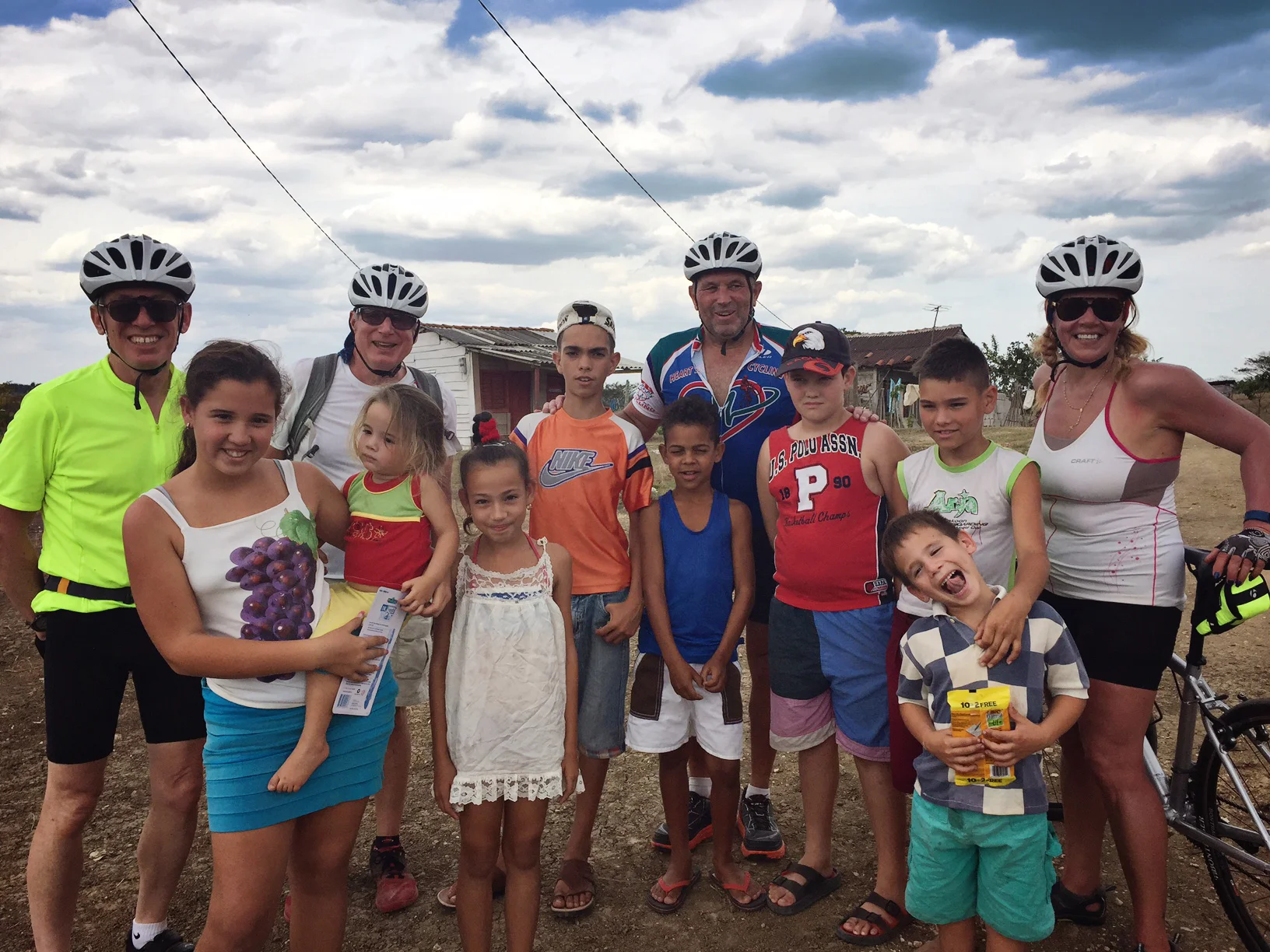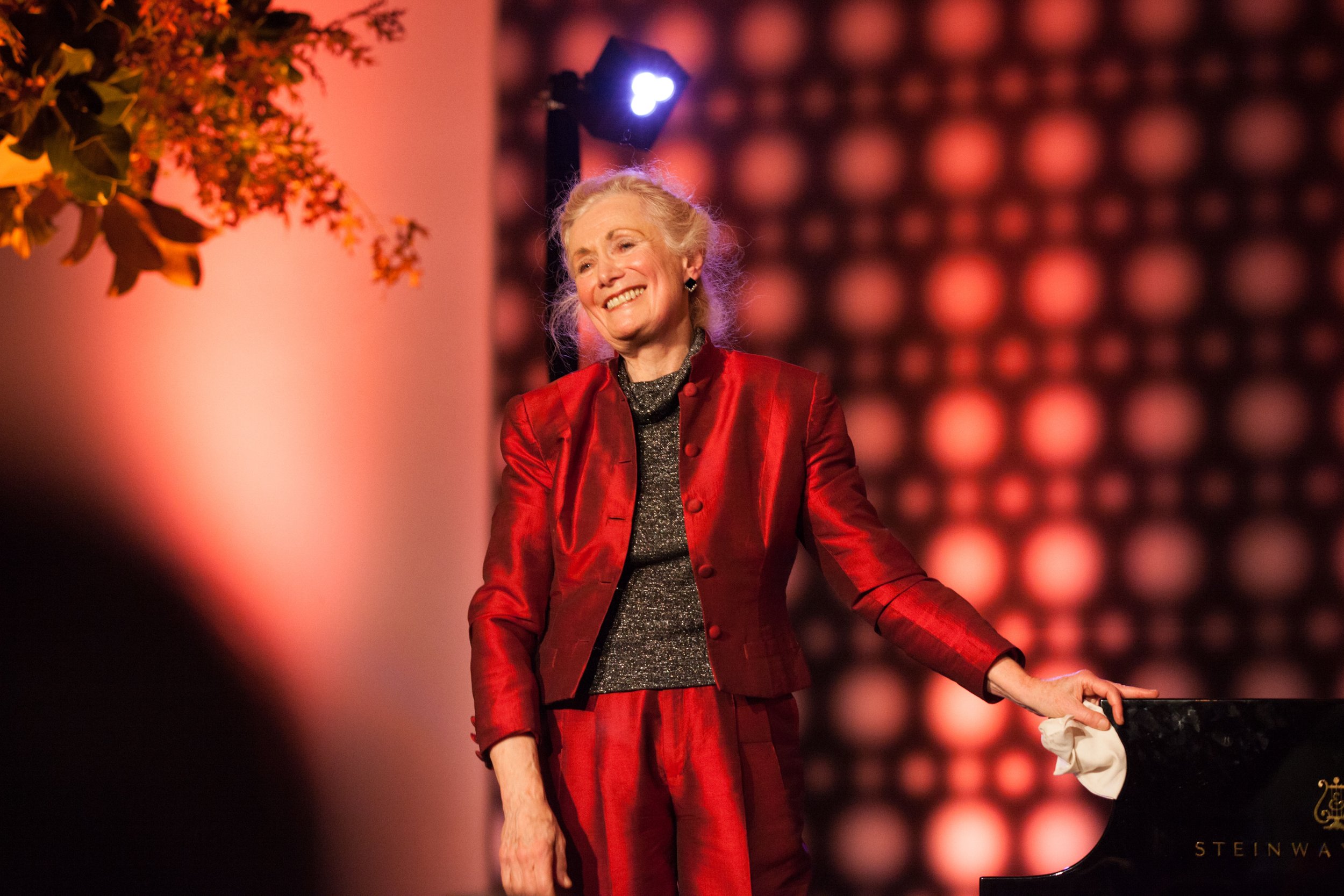Invisible Roots and Legends

By Margaret Hambrick
Janice Cooley, Exhibit Curator and Board Member of the Greenbrier Historical Society, had always had a passion for African American history, especially in the Greenbrier Valley where her family has deep roots. Even before she retired, she started doing research in the Archives of the Greenbrier Historical Society, where she soon became comfortable with using the archives and working with the North House’s Archivist Jim Talbert and other volunteers there. She eventually moved back to Lewisburg and into her parents’ home, where she was able to devote more time to the project. In between re-modeling projects and visits from friends, Cooley was pouring over records and making contacts with others who had information and photos to share.
“I found that contributions African Americans had made for over 100 years to the growth and development of Greenbrier County had not been truly recognized nor celebrated in the typical venues throughout the county—neither through photographs nor storytelling. As one Greenbrier Historical Society archives researcher said to me ‘they are almost invisible.’ That comment helped give me a title and focus for my effort—to create an awareness, to educate, and to inspire members of our community.”
The “Invisible Roots and Legends: A Photographic View of African American History in Greenbrier Valley, West Virginia” exhibit will open September 20th at Cooper Gallery in downtown Lewisburg. Marilyn Cooper, owner of Cooper Gallery, shared Cooley’s enthusiasm for presenting African American history to the public and offered to help.
“My interest in history began at an early age,” explains Cooper. “My grandmother told me family stories about the migration of her mother and father from the Greenbrier Valley to the Kanawha Valley by covered wagon. She also said that a lot of the slaves took the family names when they were emancipated. I have abhorred the prejudicial treatment of African Americans all of my life so this exhibit is allowing me to give a positive awareness of the contribution that has been made to our beautiful valley by the African American community. When Janice came to me with this idea, it was very exciting and I am happy to partner in the development of the exhibit and to host it here at the Cooper Gallery.”
In addition to using her space to host the exhibit, Cooper became actively involved by helping design the story boards and organize them for printing. She re-produced, enlarged and matted photos and used her experience in staging to help prepare them for the gallery.
Greenbrier Historical Society’s Executive Director Elizabeth McMullen and Board President Margaret Hambrick were alerted to the project by Archivist Jim Talbert, who was working closely with Cooley. Recognizing an excellent opportunity to educate, McMullen and Hambrick offered to help and co-sponsor the exhibit. They have helped get out mailings and McMullen wrote a grant requesting advertising funds.
“This exhibit was not in our budget for this year but helping with it was too good an opportunity to pass up,” says Hambrick. “The history of our area is not just the history of the majority but is also the history, sometimes uncomfortable, of all those who lived and worked in this valley.”
The exhibit will consist of a collection of photographs and artifacts, from post- civil war to today, of African Americans who have contributed to the growth and development of this area in business, religion, education, sports, politics, and entertainment as well as general family life.
Photography really came into its own during the Civil War. Before then, there were few photographs of anyone or anything and almost none of African Americans. Even after the Civil War, and for many years after, photographs remained the purview of the wealthy. Very few photographs were ever taken of second-class citizens.
“I have a passion for the history of African Americans in this area,” says Cooley, who personally reached out to members of the community to develop some of the pieces. “My own roots go deep here and I realized that so many of my contemporaries as well as the younger generations had no idea of the struggles and achievements of our ancestors. If this information is not preserved, it will soon be lost.”
The exhibit will consist of a collection of photographs and artifacts, from post- civil war to today, of African Americans who have contributed to the growth and development of this area in business, religion, education, sports, politics, and entertainment as well as general family life.
The exhibit will open with a reception beginning at 5:00 p.m. on Saturday, September 20, 2014 and continue through October 4 at the Cooper Gallery in Lewisburg, WV.




